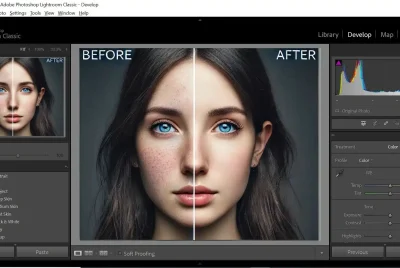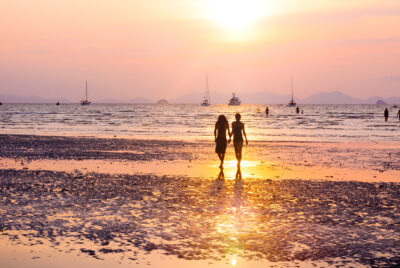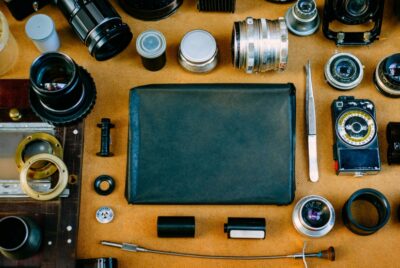Shooting in Black & White: Tips for Strong Composition
Why Black & White Photography Still Matters
The Timeless Appeal of Monochrome
Black and white photography has a way of stripping down an image to its core. Think of it as storytelling with fewer words—sometimes, less really is more. It is essential to have black and white photography composition techniques in your skill set for great photos.
When to Choose Black & White Over Color
Not every shot screams for monochrome. But if your subject relies more on form, mood, or contrast than vibrant colors, black and white can create a far stronger impact.
>>> See TODAY’s deals on DSLR camera accessories HERE <<<
Key Black and White Photography Composition Techniques
Focus on Light and Shadow
In monochrome, light is your best friend. The way shadows cut across a frame can make or break your composition.
Using High Contrast for Drama
Want drama? Play with bold blacks and striking whites. A high-contrast scene turns even the most ordinary subject into something powerful.
Embracing Soft Light for Mood
On cloudy days, black and white images take on a dreamy, moody feel. Soft gradients of gray can make portraits look poetic.
Leading Lines in Monochrome
Lines guide the viewer’s eye. A winding road, a fence, or even shadows themselves can act as natural pathways in your shot.
Rule of Thirds for Stronger Frames
Just because you’re shooting in monochrome doesn’t mean you throw away the basics. Place key elements off-center for balance and interest.
Negative Space for Minimalist Impact
Sometimes, empty space is just as important as the subject. A single figure against a blank wall? That’s power in simplicity.
Texture and Detail in Black & White
Enhancing Surfaces and Patterns
Repeating patterns—like tiles, windows, or fabric—become even more striking when stripped of color distractions.
Bringing Out Character in Portraits
Portraits in black and white emphasize wrinkles, expressions, and emotions. You’re capturing personality, not just appearance.
Shapes and Forms: The Backbone of Monochrome
Abstract Compositions in B&W
By focusing on form alone, you can create abstract art with your camera. Buildings, shadows, or even ripples in water can become subjects.
Simplifying Complex Scenes
Got a busy street scene? Monochrome helps you cut the clutter. Suddenly, the scene feels clean and intentional.
Storytelling Through Composition
Capturing Emotion Without Color
Black and white photography conveys raw, unfiltered emotion. Think of classic war or documentary photos—they speak volumes.
Using Perspective to Guide the Viewer
Angles matter. Shooting from low or high perspectives adds drama and leads the viewer deeper into your story.
>>> See TODAY’s deals on DSLR camera accessories HERE <<<
Practical Tips for Better Black & White Shots
Shoot in RAW for Maximum Flexibility
RAW files give you more control in post-processing. You’ll thank yourself when fine-tuning tones and contrasts.
Pre-visualizing in Monochrome
Before pressing the shutter, imagine the scene in black and white. Ask yourself: Would this shot still work without color?
Post-Processing for Stronger B&W Images
Don’t just desaturate. Use contrast, dodge, and burn to enhance light play. Editing is where your composition truly shines.
Conclusion
Shooting in black and white forces you to think differently. Instead of leaning on colors, you rely on light, shape, and emotion. Mastering black and white photography composition techniques isn’t about avoiding color—it’s about embracing a new way of seeing.
>>> See TODAY’s deals on DSLR camera accessories HERE <<<
FAQs
1. What makes a good black and white photo?
Strong use of light, contrast, and composition are key. Color can’t carry the shot—your framing has to.
2. Should I shoot in color and convert later, or directly in B&W?
Shoot in RAW and preview in monochrome if your camera allows. That way you keep all editing options.
3. Which subjects look best in black and white?
Architecture, portraits, street scenes, and textures all shine without color.
4. Is black and white better for emotional photos?
Often, yes. Without color distractions, emotions appear rawer and more powerful.
5. Do I need special camera settings for B&W photography?
Not necessarily. Focus more on exposure and light. But shooting in RAW gives you the most flexibility.
Further photo tips here
Contrasting Photography: Unleashing the Power of Visual Depth




